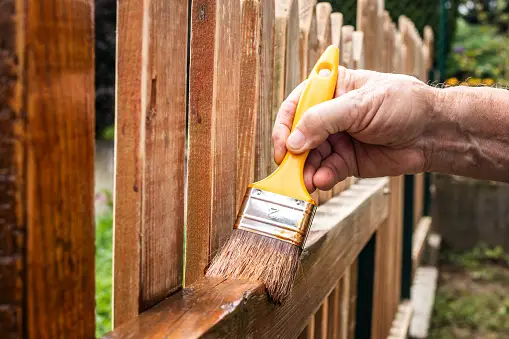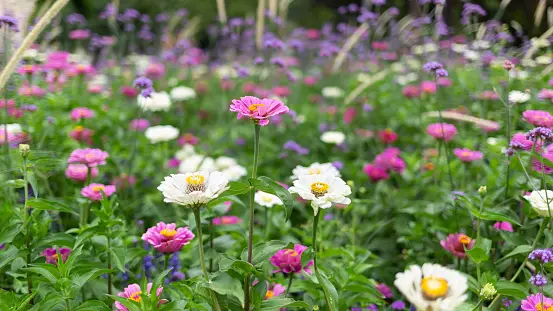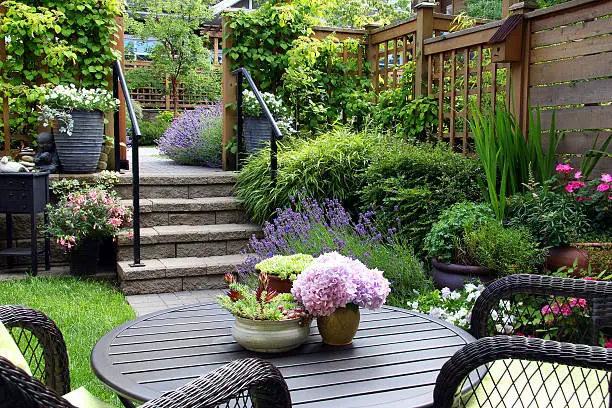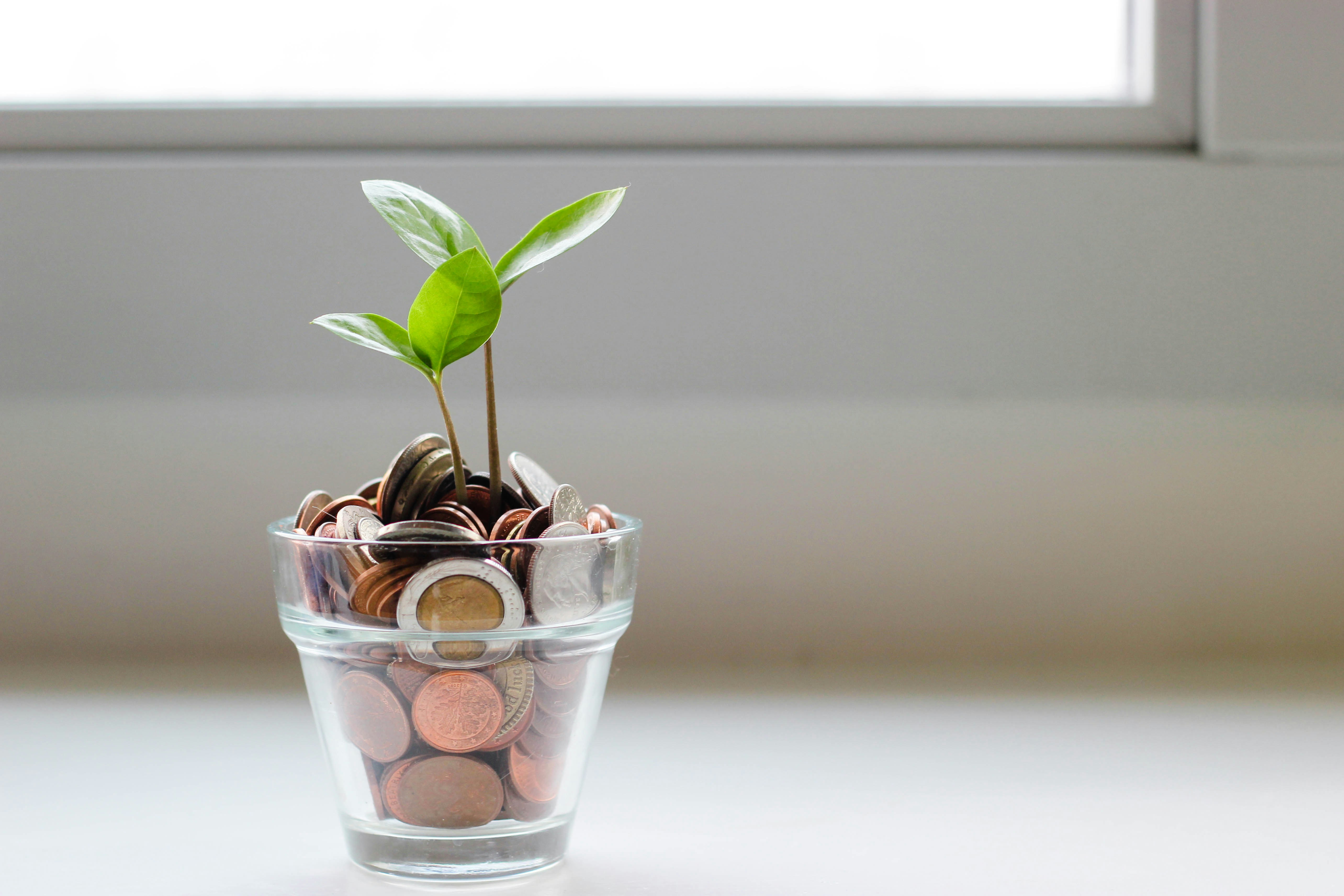Learn how you can deal with the issue of drying up plants in your garden and keep your garden in the best condition.
Turning the Tide: Strategies to Combat Consistent Plant Death in Your Garden
Does your once-vibrant garden resemble a graveyard of fallen flora? Are new plantings meeting an untimely demise, leaving you feeling discouraged and defeated? Don't despair! Consistent plant death doesn't have to be your garden's destiny. By understanding the potential culprits and implementing corrective measures, you can transform your struggling patch into a thriving oasis.
Unveiling the Root Causes:
Before diving into solutions, let's identify the common reasons plants might be succumbing in your garden:
- Improper Planting Practices: Planting at the wrong time of year, incorrect depth, or failing to amend the soil for specific plant needs can hinder root development and stunt growth.
- Watering Woes: Both under and overwatering can be detrimental. Insufficient water leads to wilting and thirst, while excessive moisture can suffocate roots and promote fungal diseases.
- Insufficient Sunlight: Plants have varying light requirements. Placing sun-loving plants in shady areas or shade-loving plants in full sun exposure will impede their growth.
- Nutrient Deficiencies: Depleted soil lacking essential nutrients can leave plants weak and susceptible to disease. Regularly testing and amending your soil is crucial.
- Pest and Disease Invasions: Insects, fungal diseases, and other pathogens can attack plants, weakening them and ultimately leading to death.
- Unforeseen Environmental Factors: Extreme weather events like sudden frosts, scorching heatwaves, or strong winds can damage or kill plants.
Diagnosis is Key: Identifying the Culprit
Once you suspect a cause, investigate further:
- Observe the Damage: Yellowing leaves, stunted growth, wilting, or visible signs of insect infestation or disease can offer clues.
- Research Plant Requirements: Understanding the specific needs of each plant in your garden is crucial. Refer to plant tags or research online to learn about their ideal sunlight, watering needs, and preferred soil conditions.
- Examine the Soil: Is the soil dry and cracked, or constantly soggy? A simple touch test can reveal moisture levels. Consider conducting a soil test to determine its pH and nutrient content.
Combating Common Problems and Restoring Plant Health:
Now that you have a better understanding of the potential causes, let's explore solutions:
- Planting Practices: Plant at the appropriate time of year for your climate. Ensure you dig a hole deep enough to accommodate the plant's root ball and amend the soil if necessary to improve drainage or fertility. Backfill the hole with a mixture of native soil and compost.
- Watering Strategies: Water deeply and infrequently, allowing the soil to dry slightly between waterings. Observe your plants and adjust your watering schedule based on the weather and the specific needs of each plant. Utilize mulch around plants to retain moisture and reduce evaporation.
- Optimizing Sunlight: Map your garden's sunlight patterns throughout the day. Group plants with similar light requirements together. Consider relocating shade-loving plants to more sheltered areas or sun-loving plants to areas with more direct sunlight exposure.
- Nourishing the Soil: Regularly amending your soil with compost or organic matter improves its structure, drainage, and nutrient content. Consider using organic fertilizers formulated for specific plant types if a soil test reveals deficiencies.
- Integrated Pest Management (IPM): Focus on preventative measures like encouraging beneficial insects and maintaining good plant hygiene to discourage pests. If pest infestations occur, utilize organic methods like insecticidal soap or neem oil first. Synthetic pesticides should be a last resort due to their potential harm to beneficial insects and the environment.
- Addressing Environmental Challenges: For extreme weather events, use row covers to protect young plants from sudden frosts. Provide shade for sun-sensitive plants during heatwaves. Stake tall plants to offer support during strong winds.
Additional Tips for Building Garden Resilience:
- Plant Diversity: Create a diverse garden ecosystem by planting a variety of plant species. This discourages pests that target specific plants and promotes a healthier overall balance.
- Right Plant, Right Place: Choose plants suited to your climate and soil conditions. Native plants are often well-adapted to local conditions and require less maintenance.
- Start with Healthy Plants: Purchase plants from reputable nurseries and inspect them carefully before buying. Avoid plants with signs of disease or insect infestation.
- Continuous Learning: Gardening is an ongoing learning process. Observe your garden, research plant care, and adapt your practices as needed.
Embracing the Journey: From Frustration to Flourishing
The sight of wilting leaves, stunted growth, and lifeless plants accumulating in your garden can be enough to turn even the most enthusiastic gardener into a discouraged soul. Faced with the constant death of your beloved flora, you might question your green thumb and feel tempted to abandon your gardening dreams altogether. But before you throw in the trowel, remember: even seasoned gardeners face setbacks. The key lies in understanding the challenges, implementing solutions, and embracing the journey of learning and growth.
Shifting Perspective: Beyond Failure, Towards Learning
Instead of viewing plant death as a personal failure, reframe it as a valuable learning experience. Each fallen plant presents an opportunity to identify the culprit and gain a deeper understanding of your garden's unique needs. Treat it as a puzzle – observe the symptoms, research potential causes, and experiment with solutions.
Building Resilience: A Garden Ecosystem in Harmony
Nature thrives on diversity. By creating a diverse garden ecosystem, you foster a more resilient environment. Planting a variety of plant species discourages pests that target specific plants, attracting beneficial insects that naturally control pest populations. Incorporate native plants that are well-adapted to your local climate and soil conditions. These require less maintenance and often provide habitat for pollinators and other beneficial creatures.
The Importance of Observation: Cultivating a Gardener's Eye
Developing a keen observer's eye is crucial for successful gardening. Regularly inspect your plants for signs of stress or damage. Yellowing leaves, wilting stems, or the presence of pests like aphids or leaf miners can offer valuable clues. Observe the overall health of your garden, noting how different areas receive sunlight throughout the day and how moisture levels vary across the space. This information is vital for determining the optimal placement and watering needs of your plants.
The Art of Patience: Understanding Growth Cycles
Gardening is a marathon, not a sprint. Plants have their own growth cycles, and some take longer to establish themselves than others. Resist the urge to overreact if your newly planted seedlings don't explode in vibrant growth overnight. Provide them with the necessary care, and their patience will be rewarded with healthy development.
The Power of Knowledge: Becoming a Plant Care Pro
The more you understand the specific needs of each plant species in your garden, the better equipped you are to care for them. Research sun and watering requirements, ideal soil conditions, and potential pests and diseases for each plant variety. Utilize resources like gardening books, online articles, or local gardening forums to expand your knowledge base.
Embrace Experimentation: Tailoring Solutions to Your Garden
There's no one-size-fits-all approach to gardening. What works in your neighbor's garden might not be ideal for yours. Don't be afraid to experiment with different planting techniques, soil amendments, or natural pest control methods. Track the results of your experiments and adapt your approach based on what works best for your specific garden.
The Joy of Success: Celebrating Small Victories
Gardening is a journey filled with both challenges and rewards. Celebrate the small victories – a delicate flower blooming, a plump tomato ripening on the vine, or simply witnessing your plants thriving. These moments of success will fuel your motivation and reinforce the positive aspects of your gardening experience.
Finding the Spark: Rekindling Your Passion for Plants
If frustration has overshadowed your love of gardening, take a step back and reconnect with the joy it once brought you. Visit a local botanical garden, browse through gardening magazines, or attend a gardening workshop. These activities can spark new inspiration and reignite your passion for cultivating a vibrant outdoor haven.
Embracing the Imperfect Garden: Accepting the Cycle of Life and Death
In nature, death and decay are essential parts of life's cycle. Dead plant material decomposes, enriching the soil and creating a foundation for future growth. Accept that not every plant will thrive, and learn from the inevitable losses. This acceptance fosters a more holistic view of your garden as a living ecosystem, fostering resilience and adaptation over time.
The Gardener's Reward: From Frustration to Flourishing
The journey from frustration to flourishing isn't always linear. There will be setbacks and moments of doubt. But by embracing the learning process, cultivating a keen sense of observation, and tailoring your approach to your specific garden, you'll transform your space from a graveyard of fallen plants to a thriving oasis. With dedication, continuous learning, and a sprinkle of patience, you'll witness the beauty and bounty that a flourishing garden has to offer, transforming your frustration into a sense of accomplishment and pride. So, grab your gardening gloves, step outside, and embrace the joyful journey of cultivating a vibrant outdoor space that reflects your
Conclusion
Transforming a struggling garden requires a shift in mind-set. Embrace the challenges as opportunities for learning and growth. Develop a keen eye for observation, understanding the unique needs of your garden ecosystem. Remember, patience is key; gardens flourish at their own pace. Equip yourself with knowledge, experiment with different techniques, and celebrate even the smallest victories. Rekindle your passion for the natural world, and accept that death and renewal are part of the cycle of life. With dedication and a willingness to learn, you can transform your garden from a source of frustration to a flourishing haven, a testament to your perseverance and a constant reminder of the beauty and resilience of nature. So, step outside, breathe in the fresh air, and embark on this rewarding gardening journey.








.webp?locale=en)

















